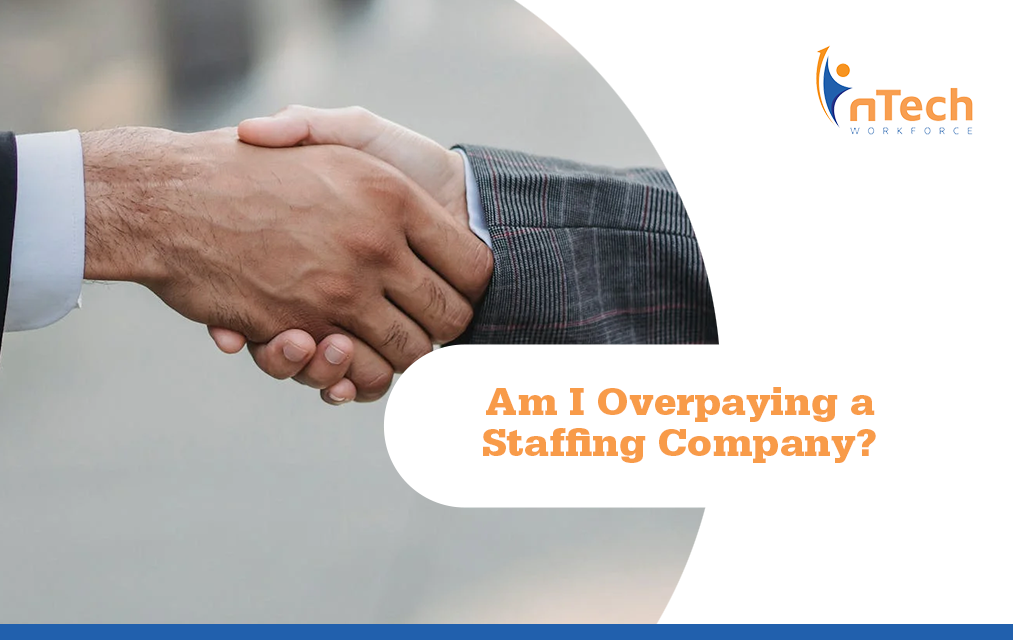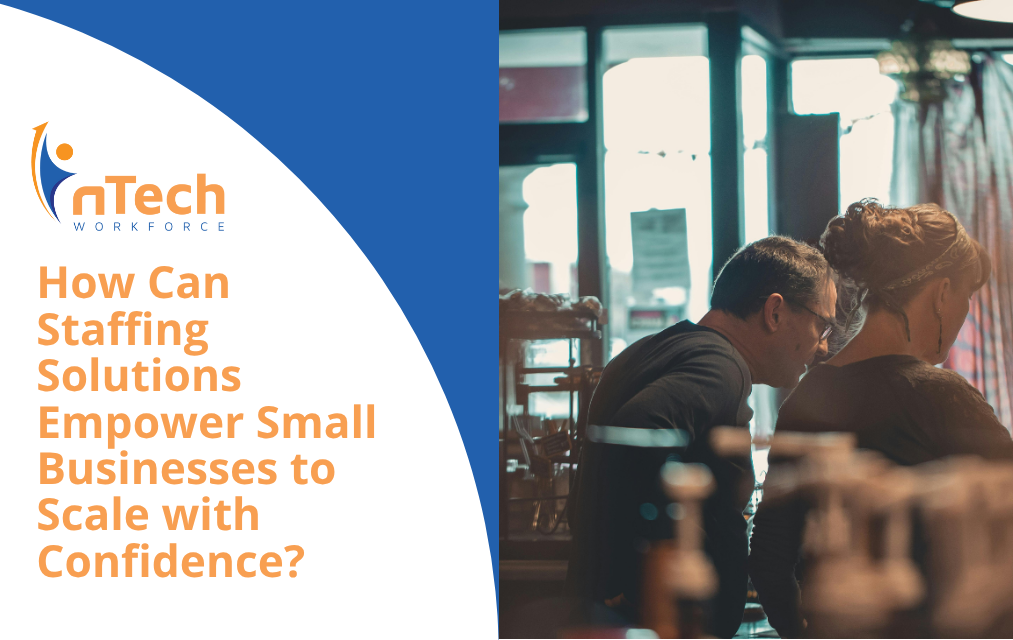Are You Ready To Take Action After Receiving the Green Light to Hire?
The hiring process can easily become overwhelming if there isn’t a good strategy in place. Moreover, not having a good hiring process in place can be...
3 min read
![]() nTech Workforce
:
Sep 21, 2023 9:00:00 AM
nTech Workforce
:
Sep 21, 2023 9:00:00 AM

An increasing number of companies are choosing to engage with a managed service provider (MSP) for their hiring needs. However, what is the process behind this, and does staffing through an MSP offer the most effective approach when you consider how to build winning teams?
In this edition of nSider, we talk to Arthur Ransier, Director of Business Strategy at nTech Workforce, about how staffing through an MSP is different from working directly with HR or hiring managers. We also delve into the benefits of working with an MSP and the role they play as hiring partners.
Ransier notes that “MSP refers to a Managed Service Provider, but may be interchanged colloquially to mean Managed Services Program, Managed Staffing Program, Master Services Program, or other variants. In the context of staffing, these all refer to outsourcing the contingent workforce needs of other businesses.”
A managed service provider (MSP) is primarily responsible for staffing, overseeing a workforce, candidate sourcing, recruiting, and managing the non-employee outsourced workforce for client companies.
The MSP industry has been expanding dramatically in the past few years as more businesses are seeing the cost savings and utility that come along with the services they provide.
According to Ransier, “Hiring through an MSP does not always differ from direct hiring through an in-house Human Resources team; increasingly, HR is a stakeholder in the oversight of an MSP, so the level of differentiation will look different depending on the organization.”
The difference is that, for the most part, “HR is focused on permanent jobs; they may place certain temporary workers – like interns or seasonal employees – but most project-based work will be left to an MSP,” says Ransier.
Direct hiring for permanent employees is often much more involved, and rightfully so, as it is a long-term decision aimed at filling key positions geared toward reaching the company’s strategic goals.
On the other hand, Ransier says, “Hiring through an MSP typically involves a business justification, an accelerated job analysis to define a scope of work, conducting interviews, and otherwise leaning on the MSP and associated staffing partners to administer the hiring process.”
Partnering with a strong managed services provider (MSP) will offer time and cost savings and bring focused skills and expertise. Some of the benefits include:
Ransier adds, “Considering the magnitude of MSP programs, you should take great caution to select a partner that you trust to limit concerns that may arise around customization, data security, privacy, vendor management controls, hidden costs, or strategic alignment.”
Knowing the difference between HR and vendor workforce management is important to help align the different options with your company’s short and long-term strategic goals. Ransier provides the key responsibilities of each management body:
One of the biggest benefits to staffing through an MSP is that they will “shortlist and regularly optimize a list of staffing partners to support each of its clients, which means they are unlocking a talent ecosystem spanning several companies rather than only your own” says Ransier.
There is indeed an added cost to staffing through an MSP, but working with a reputable and high-performing vendor “will create long-term value,” says Ransier. Furthermore, the savings uncovered through the time and expenses funneled through HR can be more than worth the costs.
Moreover, any MSP’s goal is “to maximize efficiency for its clients, which means simplifying processes, reducing entry points, and otherwise improving the user experience,” says Ransier. This means they are more likely to consolidate and simplify workflows, utilize the latest and greatest technology and subscriptions, and work in a way that maximizes quality and savings for both parties.
According to Ransier, “The right staffing approach for your company will depend on your business plan. Considering what and when you need to accomplish your goals will offer insight into the right hiring strategy.”
In circumstances where financial considerations outweigh time constraints, internal recruiting can prove effective. On the other hand, external recruiting can swiftly generate a larger pool of qualified candidates, albeit at a cost.
Similarly, a spectrum of options, such as outsourcing, offshoring, job sharing, phased retirement, gig economy workers, temp-to-hire, internships, co-ops, or collaboration with a staffing partner or MSP, align with varying needs for flexibility, expertise, or long-term value creation.
For further insights on staffing through an MSP, feel free to reach out to nTech Workforce today or explore our nSider blog.

The hiring process can easily become overwhelming if there isn’t a good strategy in place. Moreover, not having a good hiring process in place can be...

When the economy is in flux, organizations look for ways of cutting costs, and that typically begins with outsourced work. Leaders want to see if...

Hiring managers, let’s get real for a sec. Scaling a small business is a wild ride. It is that exhilarating mix of "We are doing it!" and "What have...